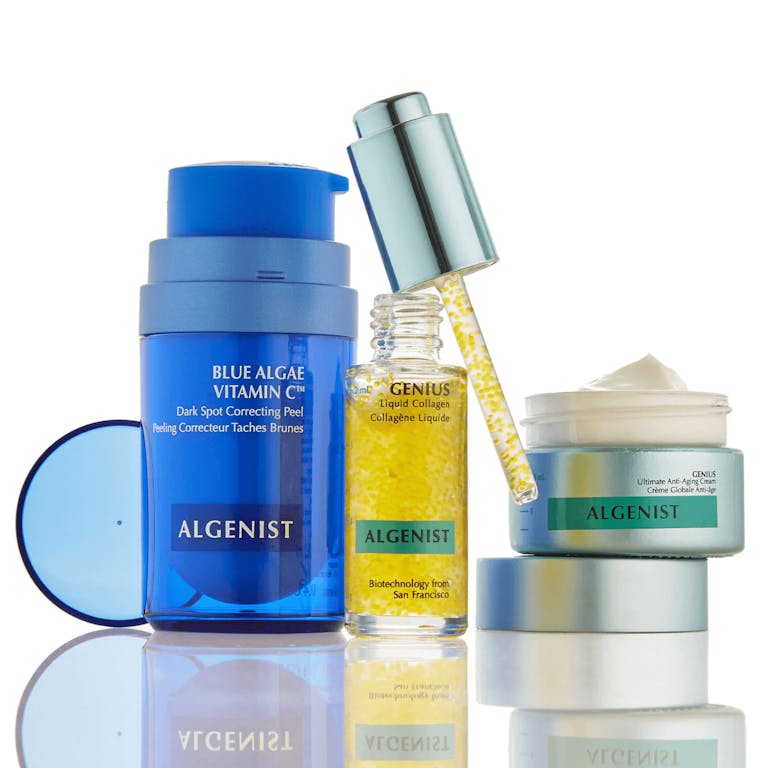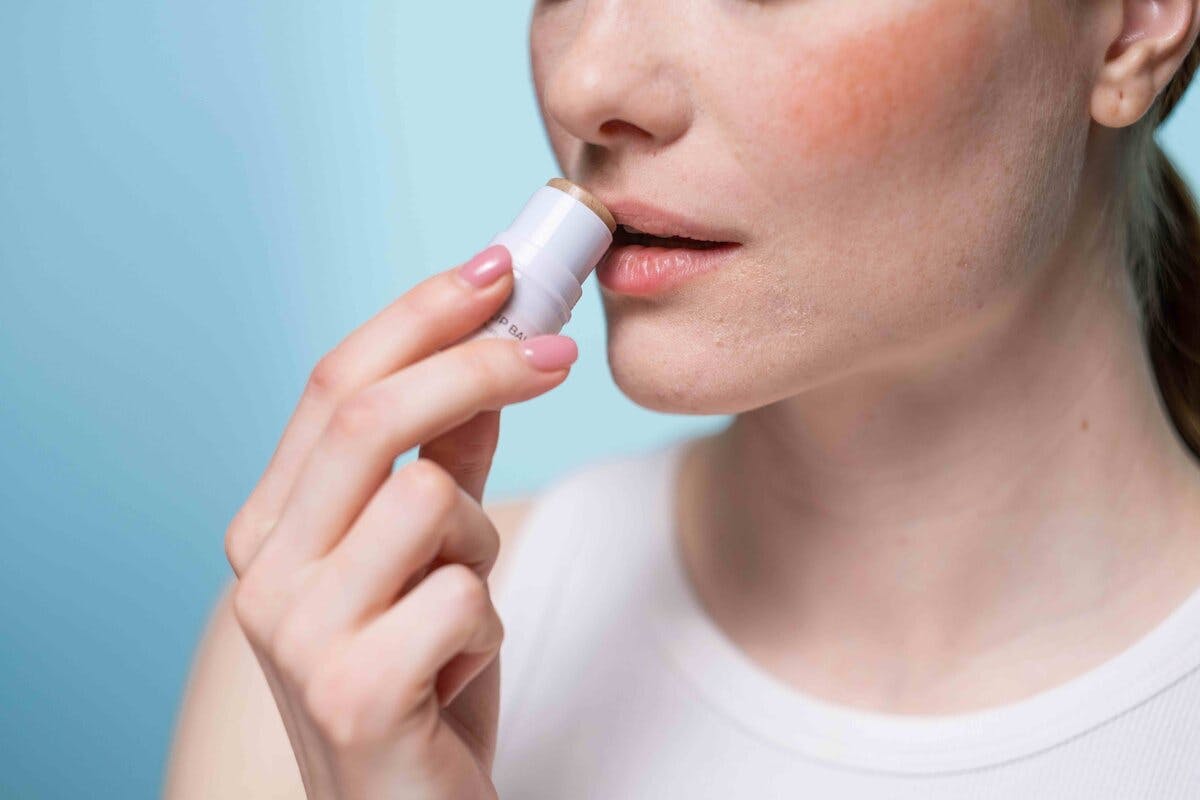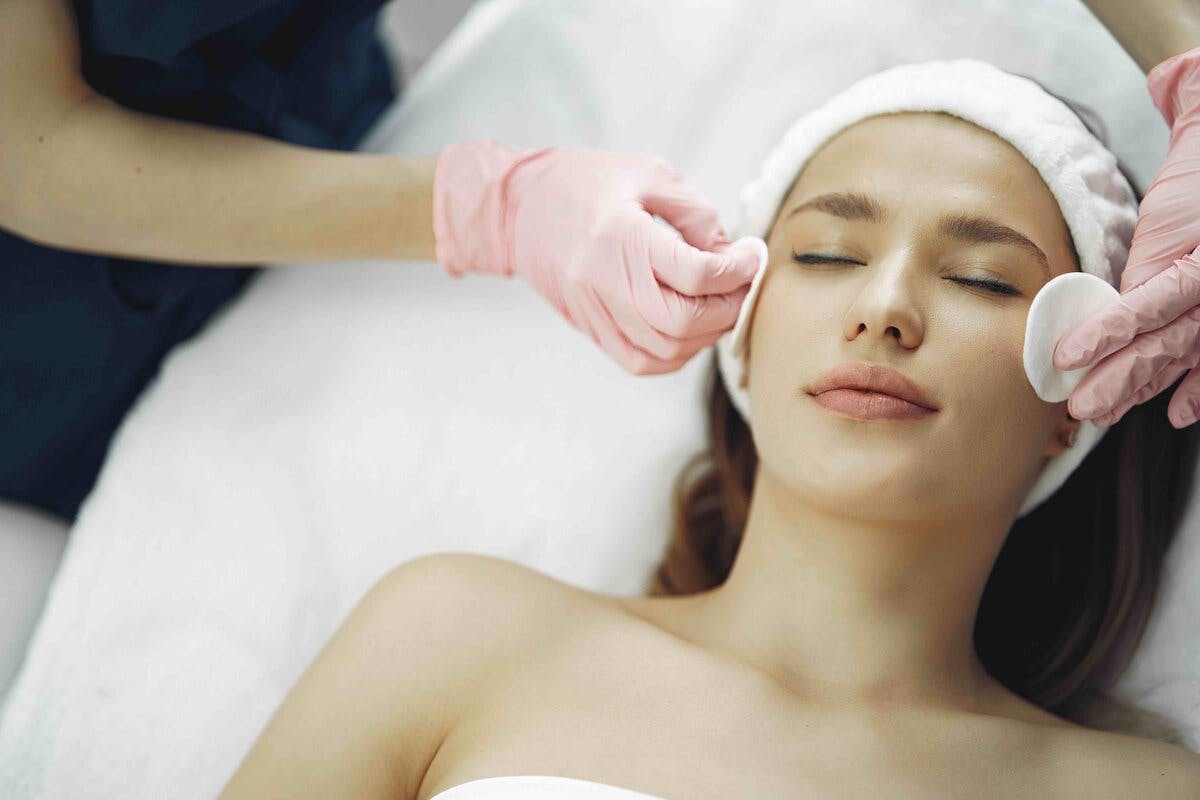What is hyperpigmentation and how can you get rid of it?
Jan 10, 2022

Hyperpigmentation is not a condition as such; rather, the term is used to describe any area of the skin that appears darker in colour than usual. This can occur in large areas, but it often only occurs in smaller patches. In some cases, the entire epidermis may be affected.This guide outlines some common causes of hyperpigmentation as well as how to get rid of it. We’ll also detail some ingredients that are often successful in addressing the problem of hyperpigmentation. Whatever the reason, hyperpigmentation means that more melanin is present within that part of the skin. This is produced by specific cells within the skin known as melanocytes. Surprisingly, everyone has an equal number of these cells. However, some make more melanin than others, and it's the quantity made that will determine the skin tone. When excess melanin becomes deposited in an area of the skin, this will appear as hyperpigmentation. Read on to discover some of the reasons hyperpigmentation may occur, as well as what you can do about it.
Causes of hyperpigmentation
There are several reasons why more melanin is made, causing an area of skin to darken. These include, but aren’t limited to, sun exposure, hormonal changes and inflammation.
Sunspots
Also known as liver spots, solar lentigines or age spots, sunspots are often associated with ageing as they develop over time. Due to sun exposure over a period of many years, these darker spots tend to appear on uncovered areas such as the face and hands.
Melasma
The term melasma refers to areas of increased pigmentation that are associated with hormonal changes within the body. Pregnancy is a typical trigger, when areas of darker skin such as the linea nigra may appear. This is one of the best known examples of hyperpigmentation. Linea NigraThe linea nigra typically runs between the belly button and the pelvis, and often develops around the middle of the pregnancy. This darker line tends to fade gradually after giving birth. It isn’t in any way harmful, and is very common during pregnancy. In some cases, this can occur in other non-pregnant adults, or even in children.Hormonal fluctuations can also cause darker areas of skin to appear on other parts of the body, especially the face and stomach. This hormonal type of hyperpigmentation is often – but not always – associated with pregnancy. ChloasmaAs well as the linea nigra, chloasma is a fairly common condition experienced during pregnancy. This can appear as a mask-like area of darker skin on the face. It can also occur in other areas that have been exposed to the sun.
Post-inflammatory hyperpigmentation
Inflammatory conditions like acne and eczema can also leave the sufferer with hyperpigmentation. This is because the skin works too hard to restore a natural balance, producing excess melatonin in the process.
Medical causes
In rare cases, hyperpigmentation appears because of an underlying medical cause such as hemochromatosis, a condition where too much iron is present. Addison’s disease, also known as adrenal insufficiency, can cause hyperpigmentation because it affects hormone production. An overactive thyroid (hyperthyroidism) can also be associated with hyperpigmentation, as can skin cancer. Finally, hyperpigmentation can be a side effect of certain medications.
How to get rid of hyperpigmentation
As with many issues, prevention can often go a long way. Given that hyperpigmentation is often linked to sun exposure, wearing a high factor sunscreen and a wide-brimmed hat may help, as can limiting the time spent in direct sunlight. Always avoid the sun between 10am and 2pm if you can. You may also help reduce the incidence of hyperpigmentation by touching your skin as little as possible, as this can transfer bacteria and cause further irritation. When you do, try to wash your hands thoroughly first and keep items that touch the skin’s surface, such as make-up brushes, as clean as possible. When irritation occurs, whether as a result of a breakout, an insect bite or a dry patch, it can be very tempting to scratch or pick at the skin. However this is only going to prolong matters, and can even cause lasting damage. To treat skin pigmentation that has already appeared, using products containing specific ingredients can be of great benefit. Here are some of the most effective ingredients to look out for:
Vitamin C
Skin care formulas containing vitamin C can really assist with evening out and brightening the skin tone. When used over time, this can help any darker areas to fade. One of our favourite products by Algenist, their BLUE ALGAE VITAMIN C™ Dark Spot Correcting Peel, works wonders to reveal a smoother texture and more even skin tone, so we absolutely recommend it to tackle hyperpigmentation. It’s formulated with 100% pure L-Ascorbic Acid that has been extracted from Spirulina, a blue-green algae that has naturally-occurring Vitamin C.

Niacinamide (Vitamin B3)
Vitamin B3, or niacinamide, is something of a wonder skin care ingredient. Like vitamin C, it can even and brighten the skin tone when applied regularly.
Retinol
The magic of retinol is down to the fact that it can help to increase the rate of skin cell production. As this occurs, new skin cells appear sooner than they would before. This increased speed of renewal helps darker areas to fade more quickly than they otherwise would.
CC creams
CC creams are colour or complexion correcting formulas. As they offer a good level of coverage, they can be used as a concealer of sorts, covering those areas with darker pigmentation. You can wear a CC cream in place of a day cream or light moisturiser, or apply a layer before adding your usual foundation.
Facials
Putting the care of your skin into the hands of an expert is often the best way to tackle the problem. Trained and experienced beauty therapists can assess your skin before suggesting the best approach to your facial. As many of the skin care products used for facials are designed to encourage skin cell turnover, having these regularly may help to accelerate the natural process of fading. Many formulas also contain those wonder vitamins A or B3, or may be rich in retinol. Your facial therapist can also suggest the right products for everyday use, helping to make sure those areas of hyperpigmentation become a thing of the past.
Final thoughts on hyperpigmentation
While sun exposure is the leading cause of hyperpigmentation, there is a lot you can do to minimise the risk of damage. For existing patches of darker skin, using products containing vitamins C and B3 or retinol really can help that hyperpigmentation to fade more quickly, while CC cream covers it up in the meantime. Why not put your skin in the hands of an experienced therapist today? Find out more about the Secret Spa facials we offer.
Book our
experts today
Related Articles
What is microdermabrasion and what are the benefits?
Oct 9, 2020
How to care for dry lips in winter
Jan 31, 2022
Facials 101: How often to have a facial, aftercare advice and benefits
May 12, 2020
What is dermaplaning and should you try it?
May 18, 2021
10 best superfoods for glowing skin
Feb 25, 2021
How to revive hangover skin
Aug 6, 2021






